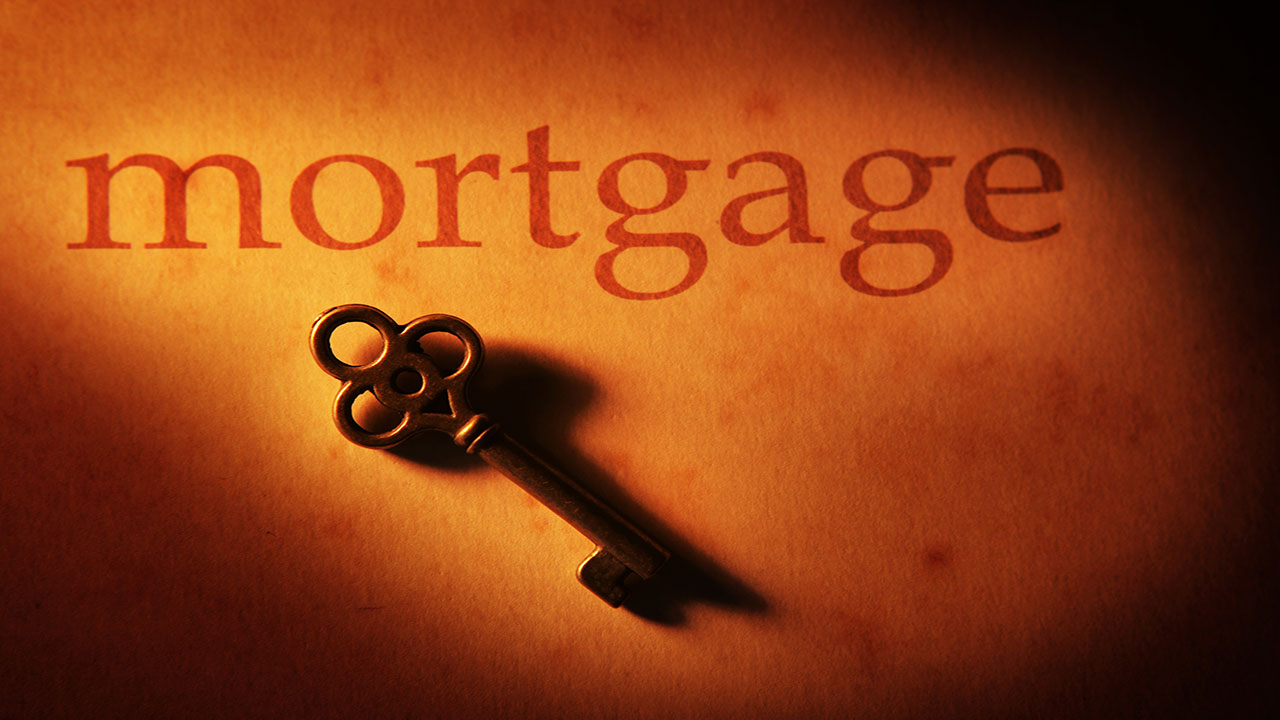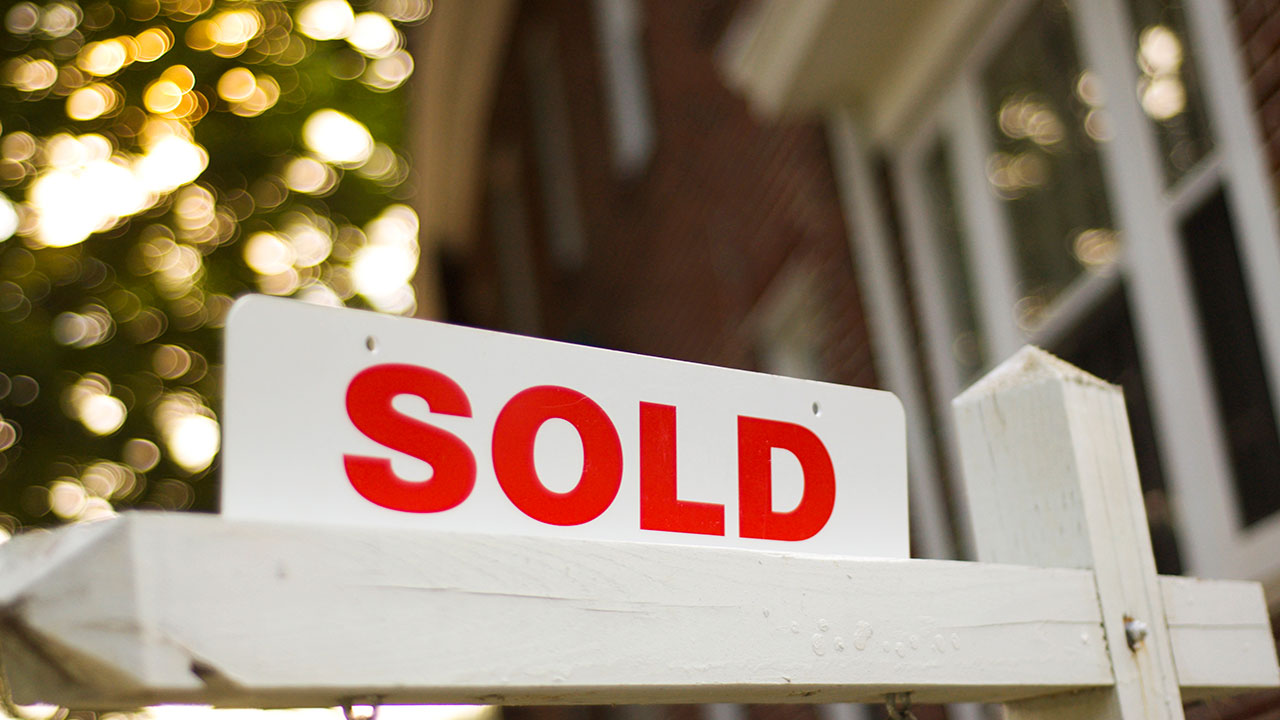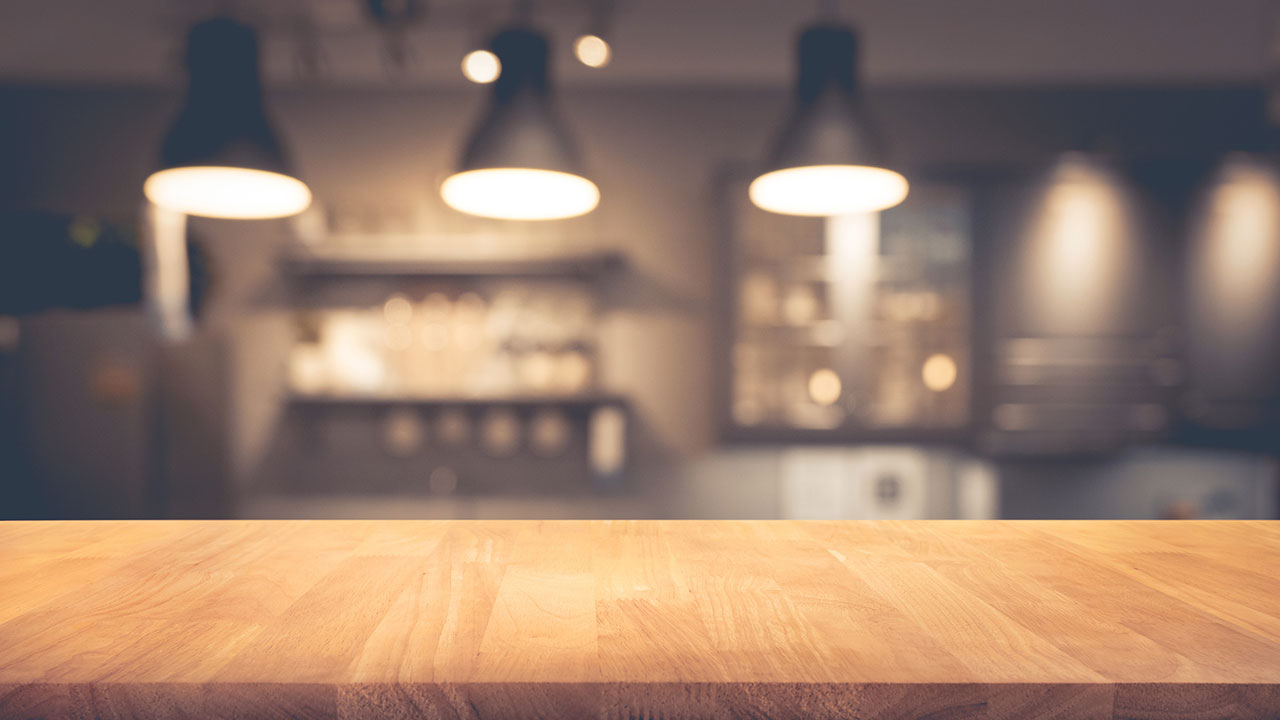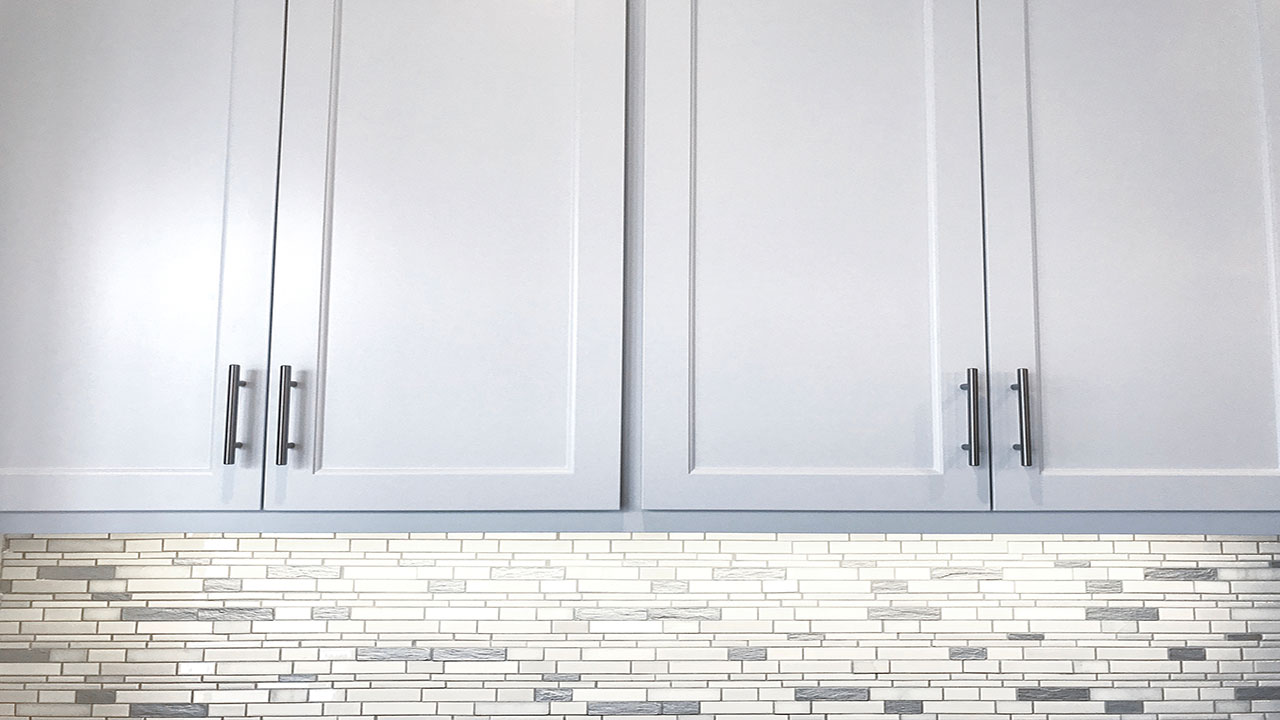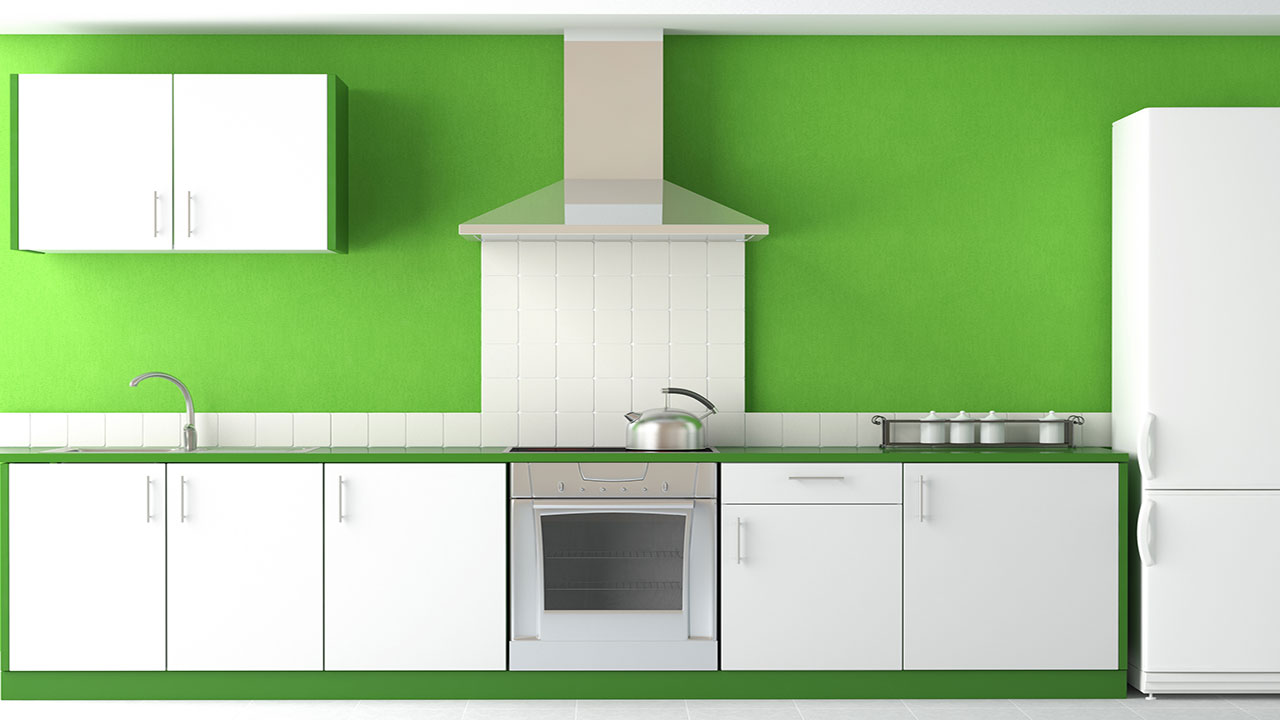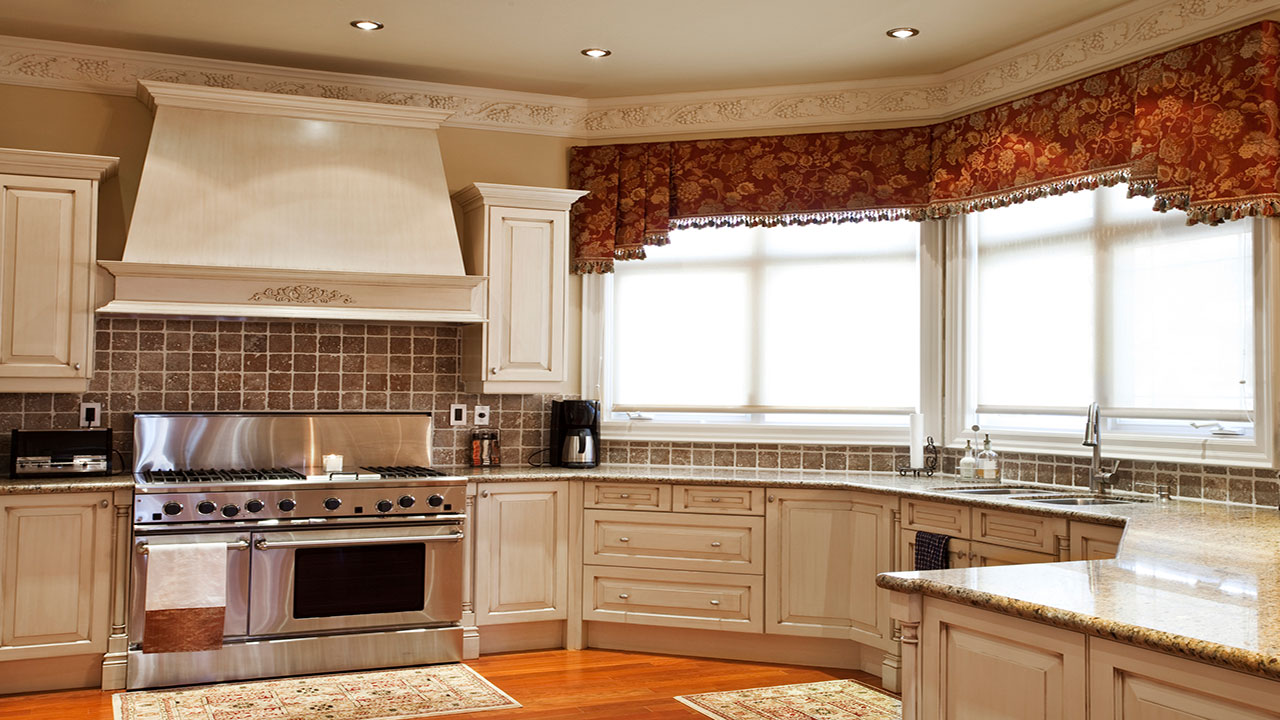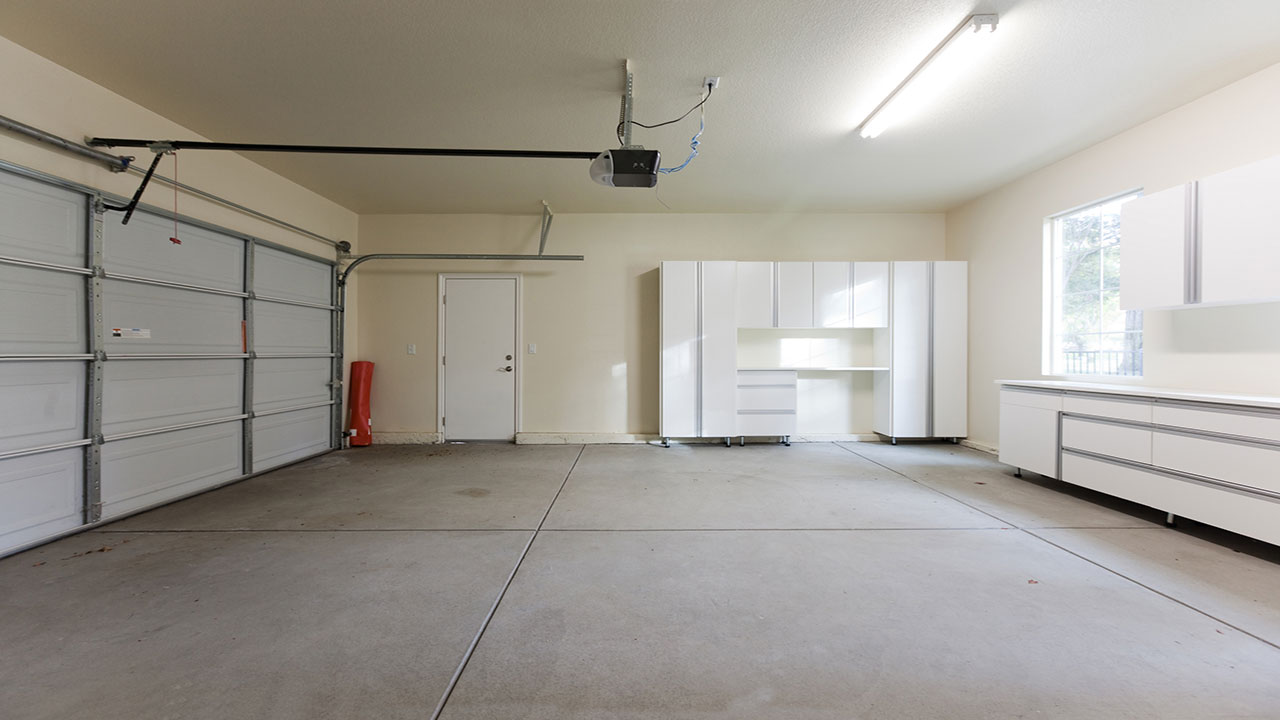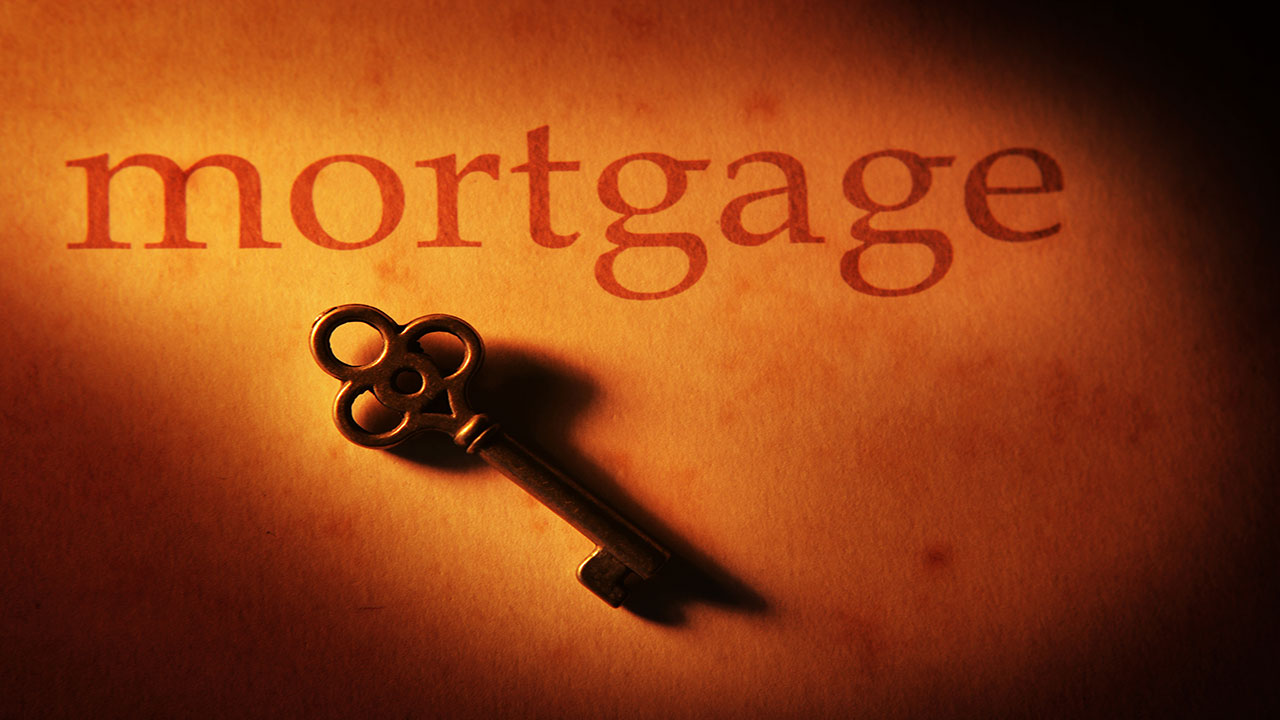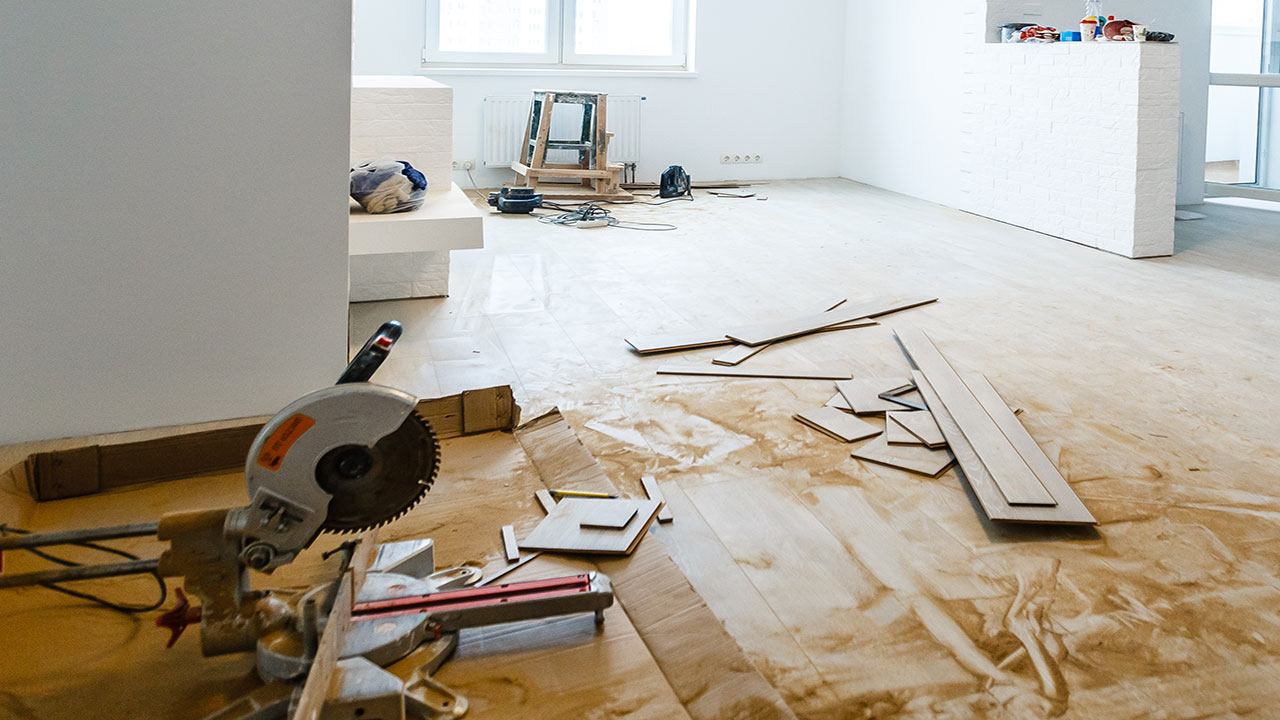How to Develop a Fire Escape Plan For Your Home

In light of the horrific fires that ravaged parts of California, it makes sense that all households should have a sound fire escape plan that can get all residents out of danger quickly and safely.
Once a fire escape plan has been drafted up, it should be practiced a few times and on a regular basis in order to make sure that everyone in the home knows exactly what to do in the event of an emergency.
It goes without saying that a fire escape plan is important, but how do you go about creating one? Follow this guide to help keep you and your family out of harm’s way.
Install Smoke Detectors

If your home doesn’t already have smoke detectors installed, now is the time to install them. Smoke detectors save lives. If you’re not alerted to smoke filling your home – particularly at night when everyone’s asleep – you lose valuable time that could have been used to escape.
If your home has smoke detectors installed, make sure to test them on a regular basis to make sure they’re working properly.
Place Ladders Near Second Story Windows
If possible, place escape ladders in or near windows to make escaping easier if accessing the main level is not possible. Make sure to go over the manufacturer’s instructions in great detail in order to use them safely.
Map Out Your Home’s Layout

Draw out a simple plan of your home’s layout, including all rooms, doorways, and windows. Be sure to include all floors, as well as the location of all smoke detectors and fire extinguishers. Try your best to draw the map to scale to ensure greater accuracy.
Choose a Meeting Place
Whether it’s a tree, the end of the driveway, or a street light, establishing a meeting place is crucial to help ensure that all family members are aware of each other’s whereabouts. Knowing where everyone is and quickly locating each other will inform everyone whether everyone is safe or whether someone is still inside and needs help.
The location you choose for your meeting spot should be far enough from the house so everyone is out of danger of the fire, yet close enough so that everyone can get to each other as fast as possible.
Establish and Highlight All Possible Escape Exits and Routes

With your map in hand, identify all exits from your home, as well as the routes to take to get out of the home and arrive at your family’s meeting spot. Doorways are ideal escape routes and should be made primary escape routes, but windows should also be used if doorways are blocked from fire.
Keep Exits Clear of Obstacles
Make sure that each exit can be easily accessed and not blocked by any obstacles that could impede the ability to get out quickly.
Review the Escape Plan With Everyone on a Regular Basis

Once you’ve established your escape plan, be sure to go over it in great detail with all members of your family. From there, be sure to revisit the escape plan every so often so it is fresh on everyone’s minds.
Be sure that all children understand the escape routes, as they may need a little more coaching. Further, instruct children never to hide in the event of a fire, and instead to find an adult nearby or get out as quickly as possible to find the meeting place.
Come Up With a Plan For Those With Disabilities
If anyone in the home has a disability, be sure to make arrangements so they are able to get out quickly and safely.
Practice Escaping the House

Ideally, you should all practice escaping your home a few times. Doing so can make it easier for everyone to be prepared and act on instinct in the event of a real emergency.
Assign Specific Duties to Each Family Member
With the exception of young children, everyone in the home should have a certain assigned task in the event of a fire. For instance, tasks can include calling the fire department, gathering up the children, waking those who are still asleep, ensuring any seniors or those with mobility issues are safe, collecting all pets, and accessing the fire extinguisher for smaller fires.
The Bottom Line
Taking the time to establish a fire escape plan and practicing the drills can seem like a nuisance. But doing so can literally mean the difference between life and death. Considering how devastating the recent fires in California have been, it’s worth every second to come up with a plan and make sure everyone in the family is on board.









